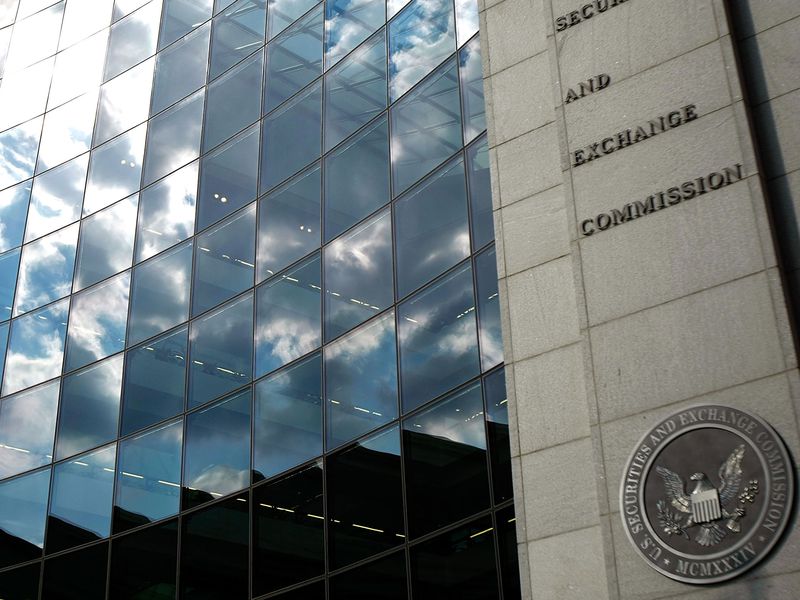Sam Bankman-Fried: the Liar?
Sam Bankman-Fried’s trial, the biggest financial fraud case since Bernie Madoff, is well underway. A 12-person jury has been selected, and the outlines of arguments from both U.S. Department of Justice prosecutors and SBF’s defense team at Cohen & Gresser have been laid out. Opening arguments were heard yesterday. One of the most pivotal decisions of the trial has yet been made: whether the founder of the collapsed crypto exchange FTX and hedge fund Alameda Research will take the stand.
This is an excerpt from The Node newsletter, a daily roundup of the most pivotal crypto news on CoinDesk and beyond. You can subscribe to get the full newsletter here.
As several legal onlookers have already said, SBF on the stand may make or break his case. Prosecutors would likely love the chance to try to ensnare the sometimes-disorganized former crypto mogul in a logical trap, and so SBF’s expert defense lawyers may caution him against it. But SBF loves the spotlight and seems to relish opportunities to explain himself — ultimately, testifying is a decision District Judge Lewis Kaplan has said SBF and SBF alone can make.
When it doesn’t go off the rails, taking the stand can help humanize the accused — on occasion leading to hung juries or reduced sentences.
But should we believe anything Sam Bankman-Fried says, anyway? In court, SBF must pledge to tell the truth under oath and threat of committing perjury. But any penalty will likely pale in comparison to the 100+ years in prison SBF already faces. And either way, there’s something paradoxical about believing the testimony of someone who is charged with multiple counts of fraud.
As Mintz & Gold partner Ira Lee Sorkin, famed lawyer who made a reputation defending Madoff, said on CoinDesk TV: this case circles around “fraud, misrepresentation and lies.”
It turns out alleged lies have been at the center of the Sam Bankman-Fried saga from the start. That’s true from the early days when SBF decided to name his hedge fund Alameda Research (rather than something more fitting like Alameda Capital or Alameda Trading, to stand a better chance of getting a bank account) to the last days at FTX, when SBF regrettably tweeted his exchange was solvent in a failed bid to regain trust amid a run on customer assets.
Here are three other anecdotes from SBF’s past that shed light on his personality.
Clean break?
Reportedly, when Bankman-Fried quit Jane Street, the quant trading firm on Wall St. that serves as a halfway house for many a high-achieving graduate of MIT and Stanford University, he was not immediately escorted off the premises. Despite the firm being as secretive as they come — it makes its money often on the razor’s edge of proprietary information it doesn’t want to get out — SBF was allowed to stay at the firm after announcing his intention to quit. This is because, as Bloomberg’s Annie Massa, Hannah Miller and Max Chafkin noted in their “Spellcaster” podcast, SBF said he was leaving to pursue work in the non-profit sector.
Instead, Bankman-Fried, already committed to the semi-utilitarian philosophy of Effective Altruism, which says to maximize the good you can do in the world you must maximize your profit, was beginning to secretly build Alameda Research. He would go on to recruit about 20 likeminded effective altruists who all but Caroline Ellison, the one day co-CEO of Alameda and future girlfriend of SBF, lacked trading experience. Bankman-Fried worked at Jane Street for three years, and reportedly applied many of the firm’s arbitrage principles to crypto trading.
Kimchi, dried up
Alameda, founded in 2017, made early profits with a version of the “kimchi premium,” a known strategy that arbitraged the price difference between bitcoin in the U.S. and South Korea, where capital controls and regulations make bitcoin more expensive. Alameda saw a similar opportunity in Japan, and tapped wealthy EA members Luke Ding and Jaan Tallinn for the $50-$100 million seed funding to get the trade going. While the this regulatory and jurisdictional arbitrage reportedly made Alameda several millions of dollars per day at its height, several early Alameda employees have gone the record saying SBF’s other bets were money losers, including failed bets on ETH and XRP, and over-the-counter trading on “sh*tcoins.”
Eventually, the arbitrage window closed, and Alameda’s consistent source of profits dried up. Although during the heady days of 2021-22 Bankman-Fried would recount the trade as a legendary period, it’s likely that the firm actually blew through any accumulated profits, which is why it sought outside funding for venture capitalists. In fact, Alameda co-founder Tara MacAulay led an attempted mutiny to oust SBF, after his accumulated losses began to add up, discredited his commitments to the EA cause. SBF reportedly rejected the $1 million buyout offered him, so many of Alameda’s earliest employees including MacAulay left to start their own firm called Pharos Capital.
Writer Eric Falkenstein speculated, “Alameda had virtually zero accumulated profits at the end of 2018, after the Kimchi trade that most think funded FTX.” Which is why SBF turned his attention to raise VC dollars.
The first VC
Ding and Tallinn, who were essentially Alameda’s first investors, eventually demanded their money back, but not before he tapped Alexander Pack, who claims to be Alameda’s first venture capitalist backer. Although their “high-level agreement to become Alameda’s first investor” ultimately fell through, Pack’s telling of his attempts to do due diligence are illuminating. Midway through the investment process, Pack learned that Alameda began losing money because SBF turned his focus to building the exchange FTX rather than trading.
“This is a big conflict of interest: in 2018, Sam tried to use our investment in Alameda to start FTX, an entity that we neither knew of nor owned,” Pack wrote on the microblogging site then known as Twitter.
Of course, the bigger conflict of interest is the idea of an exchange owner also owning a trading firm that could trade against the exchange’s customers. And despite SBF’s claims that the two firms were separated by a firewall, it now seems that was pretty porous. FTX and Alameda shared offices, shared employees and it would seem shared capital — the reason SBF is in court today.
While the above anecdotes are still just allegations, if true it shows that SBF has always been the type of person willing to lie to get ahead.









